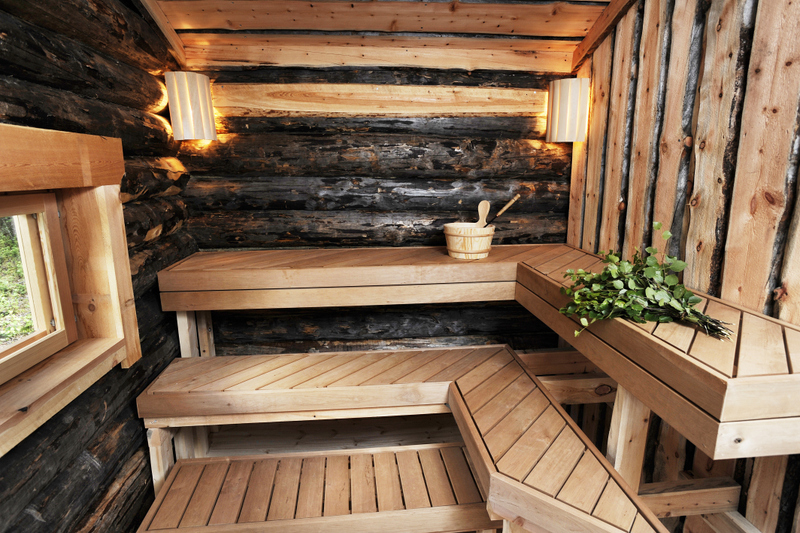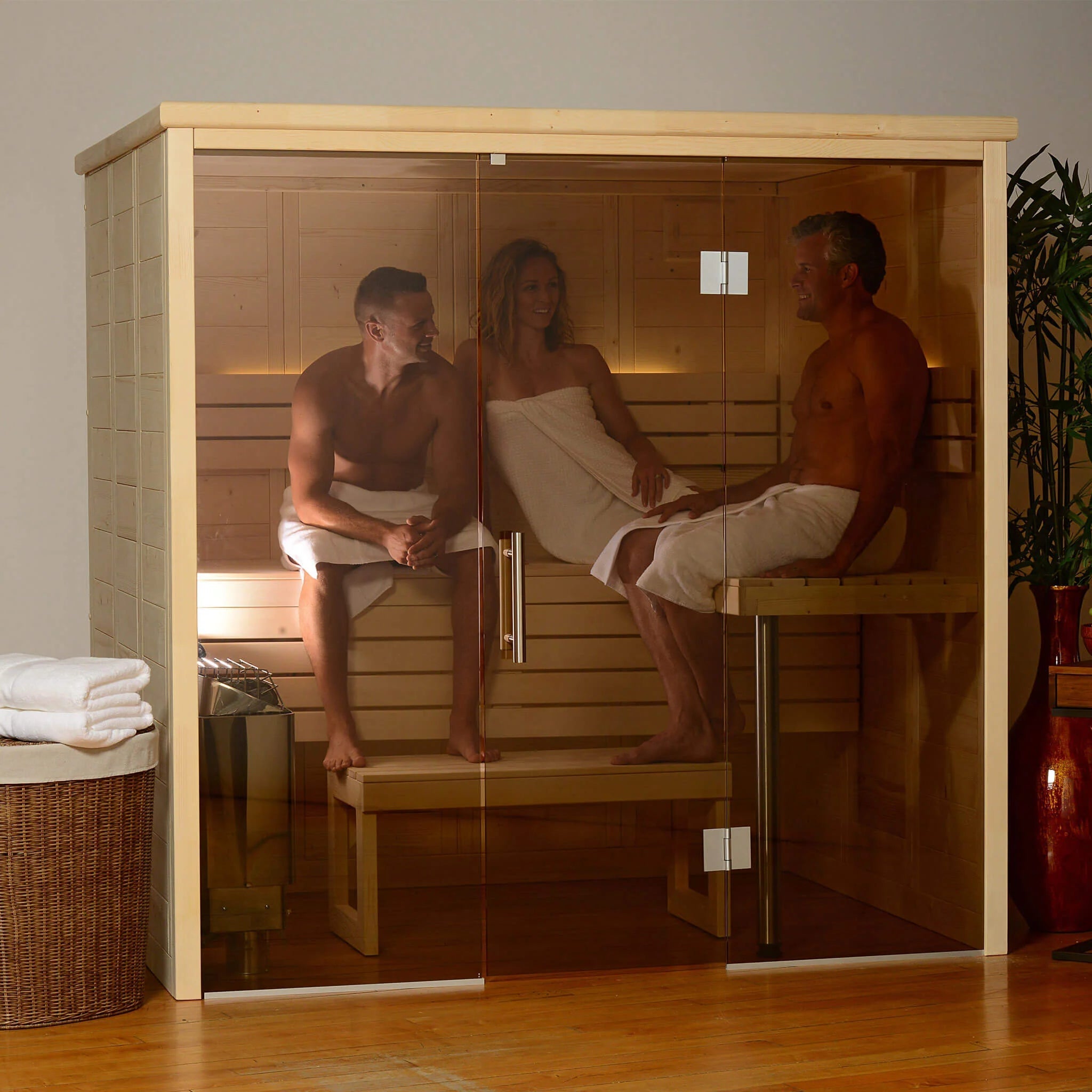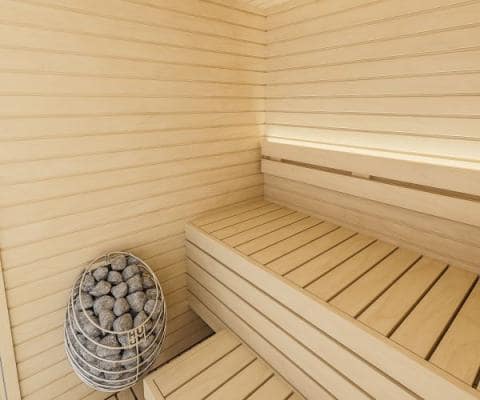Some Of Traditional Sauna
Table of ContentsIndicators on Traditional Sauna You Should KnowThe smart Trick of Traditional Sauna That Nobody is Talking About5 Simple Techniques For Traditional SaunaHow Traditional Sauna can Save You Time, Stress, and Money.The Buzz on Traditional Sauna
A lot of the weight shed in a sauna is water loss and is re-gained upon rehydrating. Without a doubt sauna can be an important component of a healthy weight loss program. To look at the distinctions in between traditional and IR saunas, I will certainly separate these into proven, academic, and produced differences.Hence, the hottest point in the saunawhich is at the ceiling directly above the sauna heateris usually in between 185 and 190 F. Claims that a conventional sauna surpasses 200 F is simply not true and not appropriate for electric saunas marketed in the United States. The temperature for a far-infrared sauna is typically established between 120 and 140 F; however, unlike the traditional sauna, the objective in and IR room is not to achieve a high temperature.
Due to this, the temperature level difference is almost irrelevant, because profuse sweating leads to both sauna types, but the approach of warming the body is different. In an IR sauna the bather will certainly really feel hot and will sweat a lot, but at much reduced temperature levels (Traditional Sauna). Thus, if the goal is to spend longer amount of times in the sauna, the IR sauna is a good choice
When a conventional sauna has been correctly heated up, the sauna walls are warm, the air temperature level has actually accomplished established temperature and the rocks are super warmed. As a fascinating side note, the warmed walls and the rocks are emitting far-infrared warm, integrated with the heated air, to produce an "enveloping warm".
Excitement About Traditional Sauna

When the high temperature level is accomplished, the aspects cycle on and off to preserve the high temperature. Most traditional sauna customers appreciate putting water over the rocks to create steam to elevate sauna humidity levels. The advantages of pouring water over the rocks include: making the area extra comfy, moistening the nasal passages, and enabling the use of aromatherapy by blending necessary oils with the water.

When the energy enters the body, it causes the body temperature level to increase and inevitably causes perspiration. In i thought about this an infrared sauna it's essential for the emitters/heaters to continue to be on practically frequently. Considering that there is no mass of rocks to keep warm, the sauna will cool if the emitters shut down.
As mentioned above, the sauna bather in an infrared area intends to position himself in front of running emitters to obtain maximum take advantage of the warmth. The heating time for both areas can be very visit this web-site different, relying on how the rooms are utilized. For a traditional sauna, a bather must permit 30-40 minutes for the area to accomplish a desired temperature and to properly pre-heat the rocks.
The 30-Second Trick For Traditional Sauna
A well built sauna will commonly accomplish a temperature of 150-160 F in concerning 30-40 minutes. For hotter temperatures, the area may need to warmth for a longer duration.

Typical saunas have a tendency to be bigger (therefore utilize even more electrical energy) than infrared saunas, although standard saunas are absolutely available in one and 2 individual sizes. For a two-person traditional sauna, 5x6 or 5x7 size is most prominent. The top bench can conveniently seat two or three individuals and is also enough time to relax during the sauna session.
Some Known Factual Statements About Traditional Sauna
The check here ordinary expense per kWH of electricity in the united state is roughly $0.11, so a 4.5 kW heater will certainly set you back around $.50 to run for one hour, if the heating system runs constantly for one hour. Typically a sauna heating system will compete 75% of the initial hour and 50% of subsequent hours on because the components cycle once the established temperature level is attained.

There is a seldom discussed distinction in the social experience between the 2 spaces. While our culture has actually shed some of the social advantage of the standard sauna experience, it can be very socially rewarding (Traditional Sauna). From family members time in the sauna, to heart-felt conversations with considerable others, to sauna partiesthe traditional sauna experience can bring about intimate interacting socially
The 4-Minute Rule for Traditional Sauna
Most higher end infrared spaces consist of tinted light therapy, noise systems and full-glass fronts.